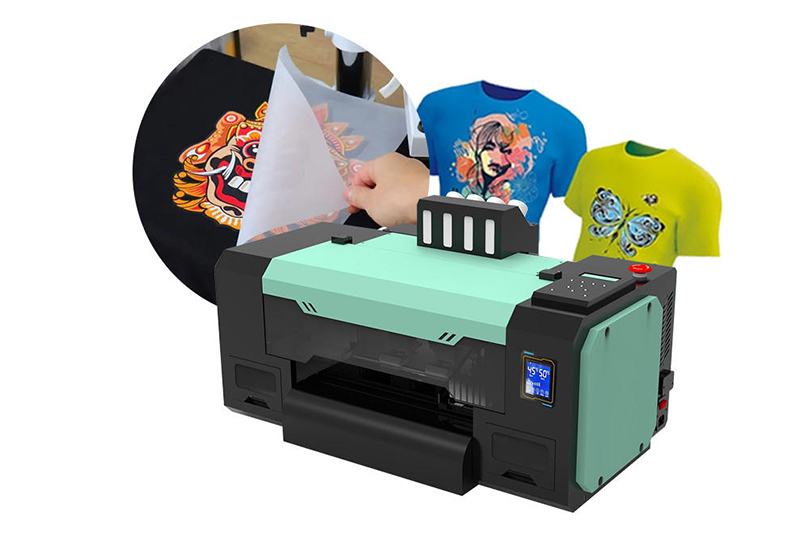In the realm of garment printing, DTF printers have garnered significant attention for their versatility and ability to transfer intricate designs onto a wide range of fabrics. Among the DTF Printer lineup, the Kenteer KTM-33200 stands out as a compelling choice for businesses seeking exceptional performance and value. This comprehensive guide delves into the working principle of the KTM-33200, empowering you to understand the intricate processes behind its remarkable printing capabilities.

Understanding the DTF Printing Process
The DTF printing process involves transferring a design onto a special PET film, which is then adhered to the desired substrate, typically a fabric or garment. This multi-step process ensures high-quality, durable transfers that can withstand wear and tear.
Step 1: Digital Printing
The KTM-33200 embarks on its printing journey by receiving a digital design file from a computer. Utilizing its dual Epson-I1600 print heads, the printer meticulously lays down layers of pigmented ink onto the PET film, including CMYK colors and white ink. The white ink serves as an undercoat, ensuring vibrant color reproduction even on dark or transparent substrates.
Step 2: Powder Application
Once the ink has been deposited onto the PET film, the KTM-33200 moves the film to a powder application station. Here, a fine layer of hot-melt adhesive powder is evenly distributed over the printed design. This powder adheres to the ink, creating a sticky surface that will bond with the substrate during the heat press stage.
Step 3: Drying and Curing
The PET film, now adorned with ink and powder, proceeds through a drying and curing system. This stage involves passing the film through heated rollers, which evaporate any remaining moisture from the ink and activate the adhesive properties of the powder. The resulting film is now ready for transfer.
Step 4: Heat Press Transfer
In the final step of the DTF printing process, the PET film is carefully placed onto the target substrate, typically a garment or fabric. A heat press machine is then employed to apply high pressure and heat, typically around 300°F for 15 seconds. This combination of heat and pressure causes the adhesive powder to melt and bond firmly with the substrate, effectively transferring the design onto the item.
Step 5: Peeling and Finishing
Once the heat press cycle is complete, the PET film is carefully peeled away from the substrate, revealing the transferred design. The resulting transfer is durable, wash-fast, and resistant to cracking or peeling, ensuring long-lasting and vibrant designs.
If you have product purchasing needs, you can contact us.
